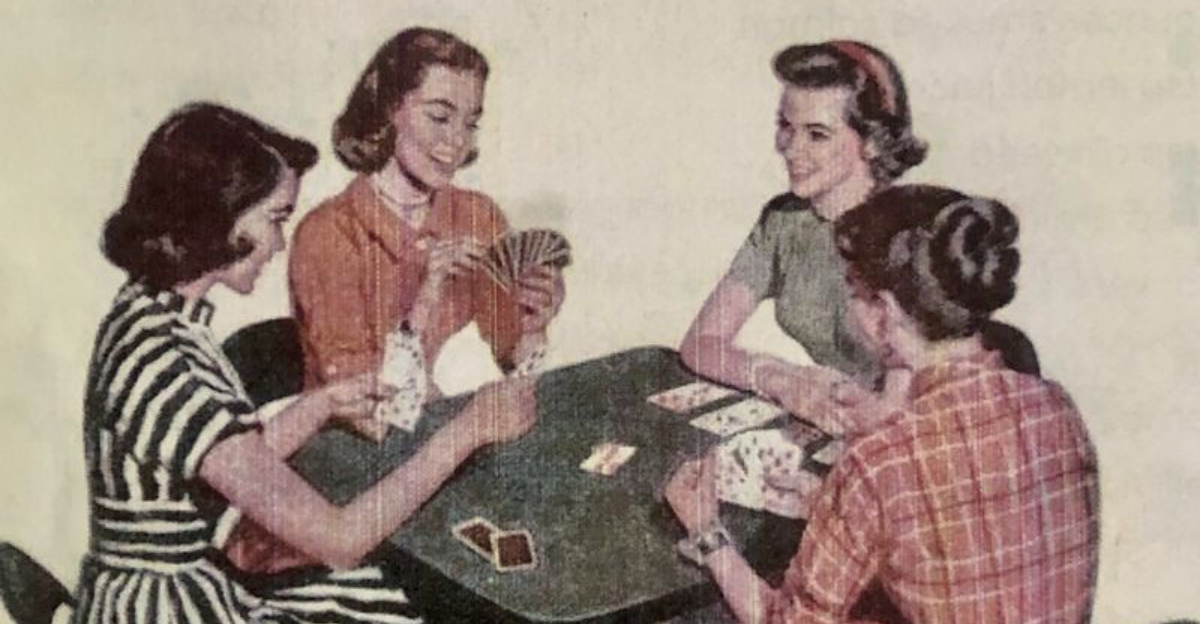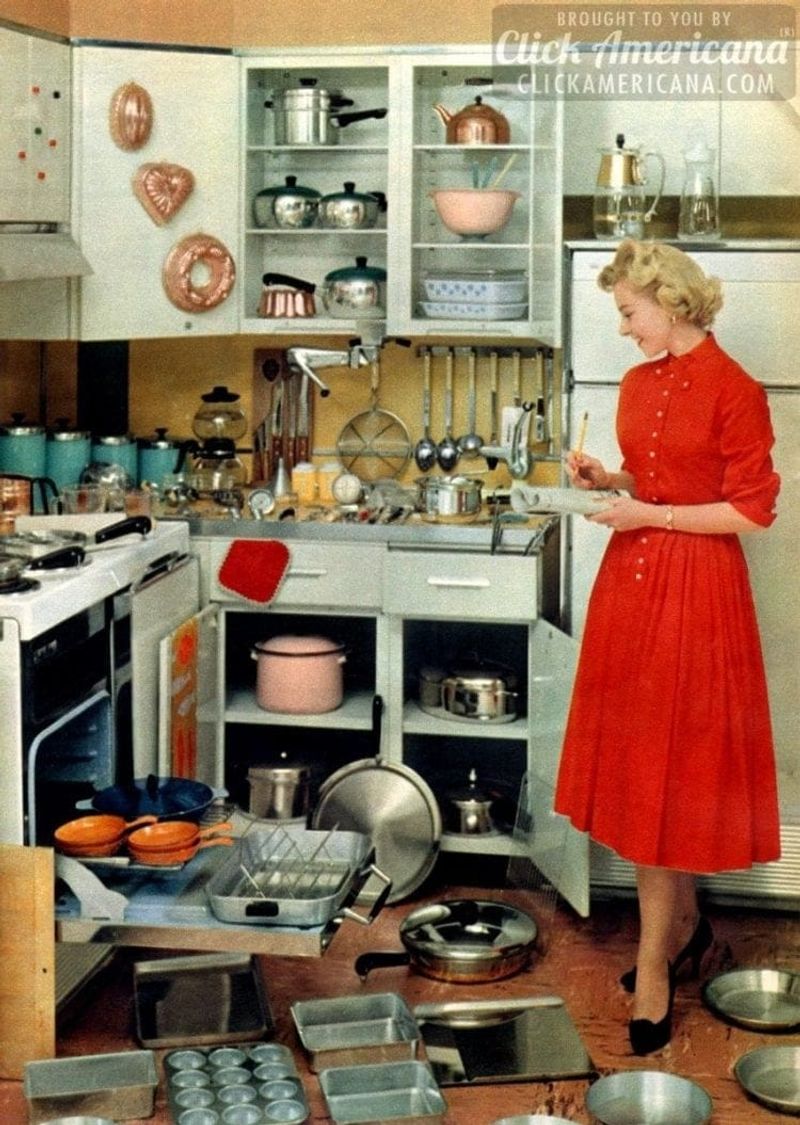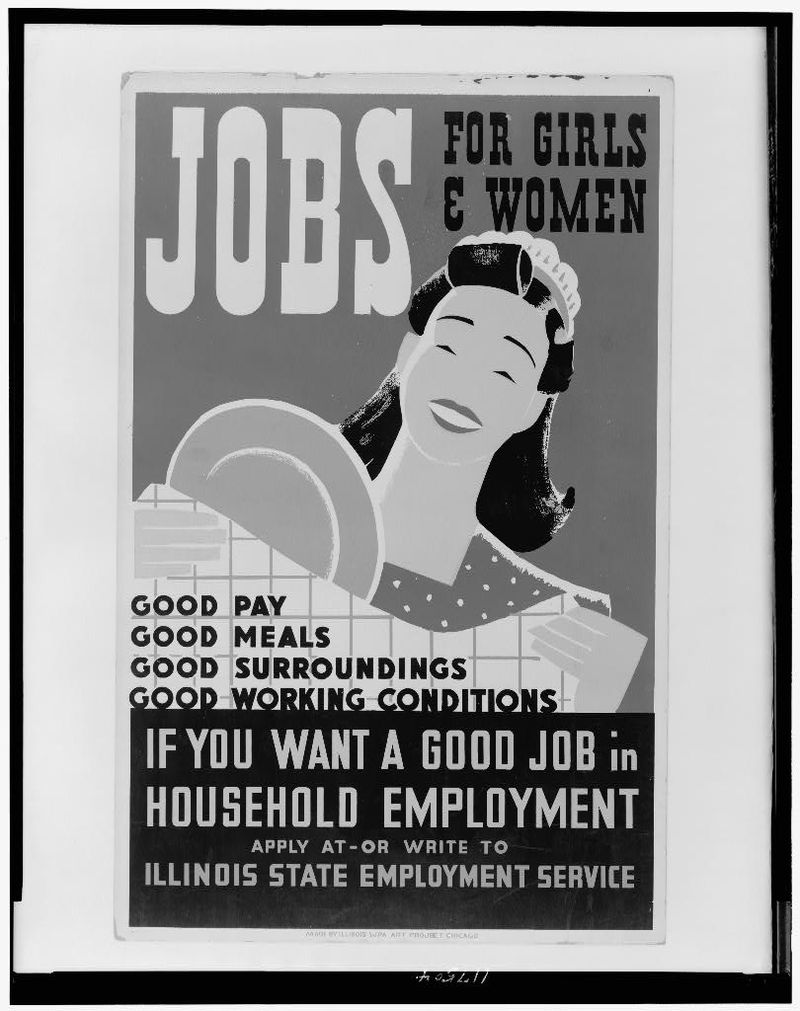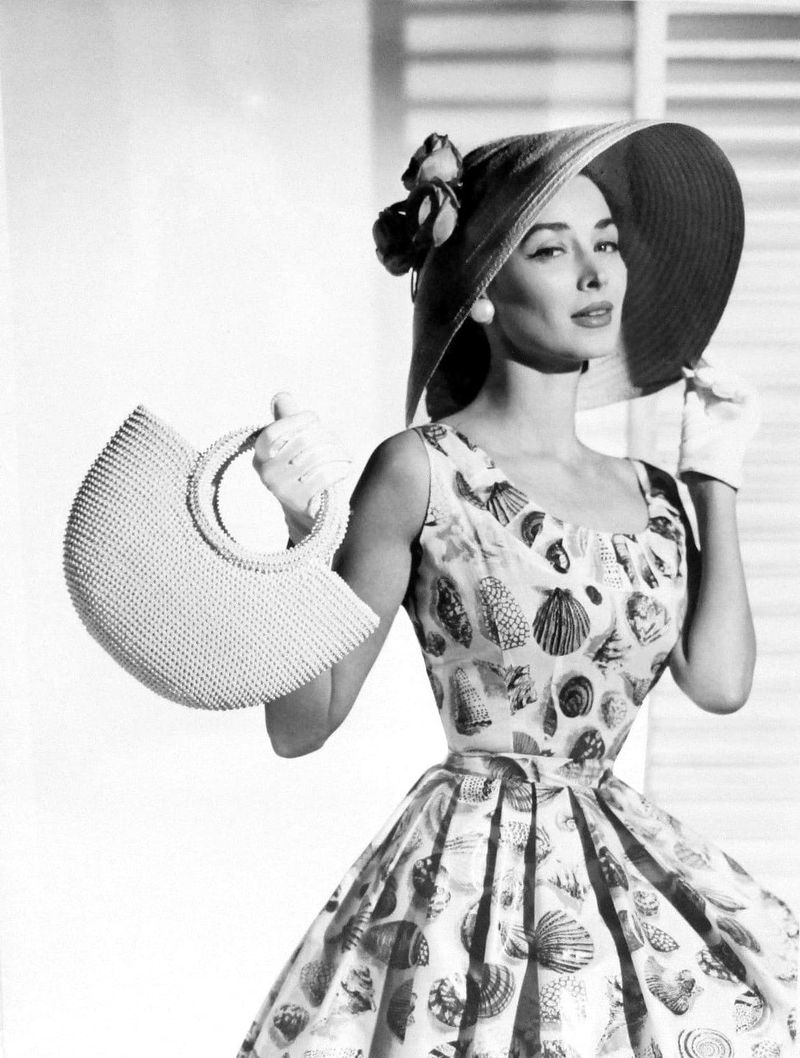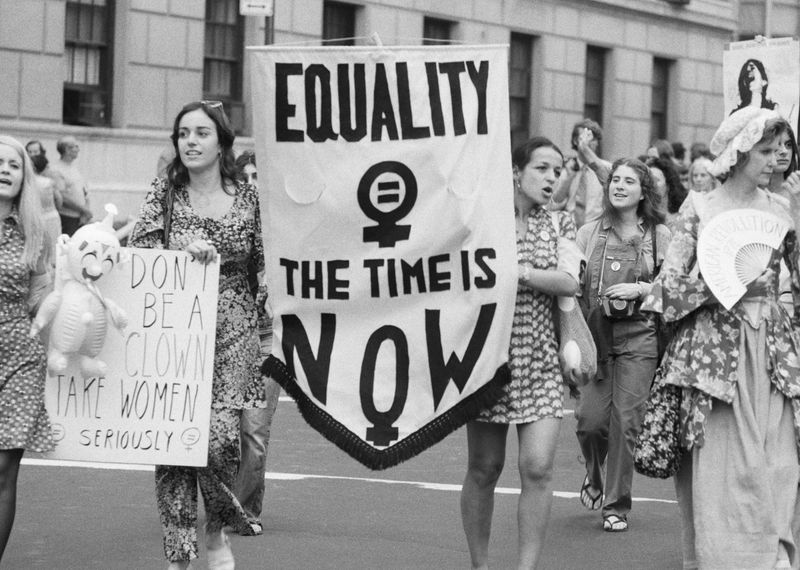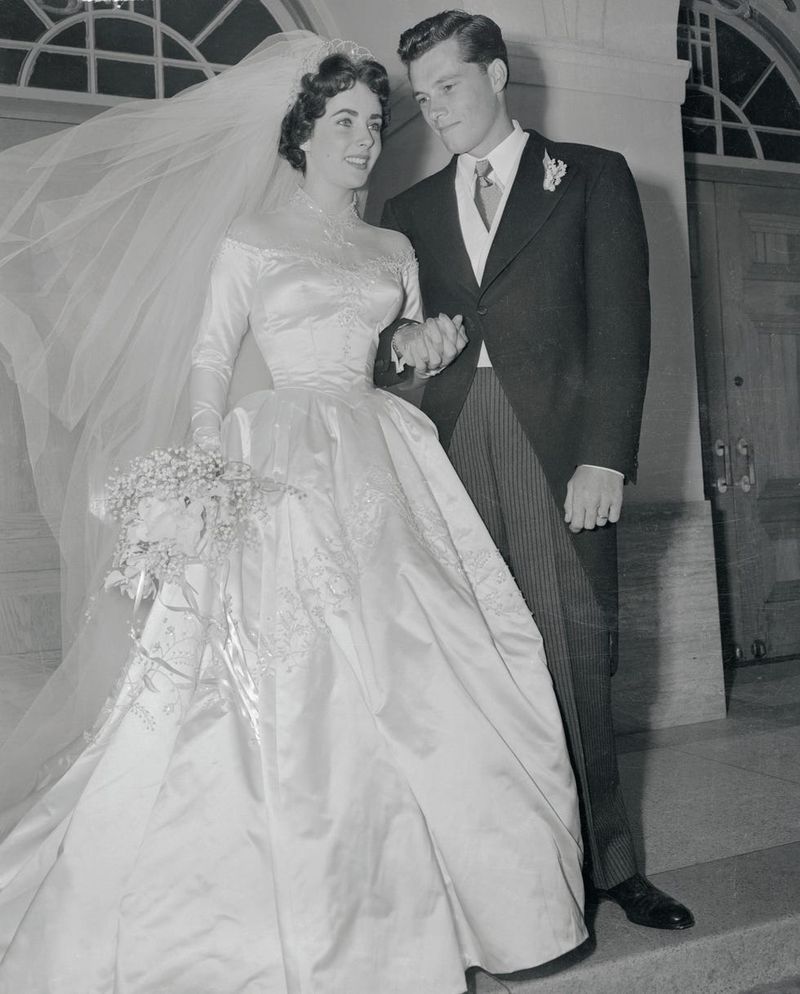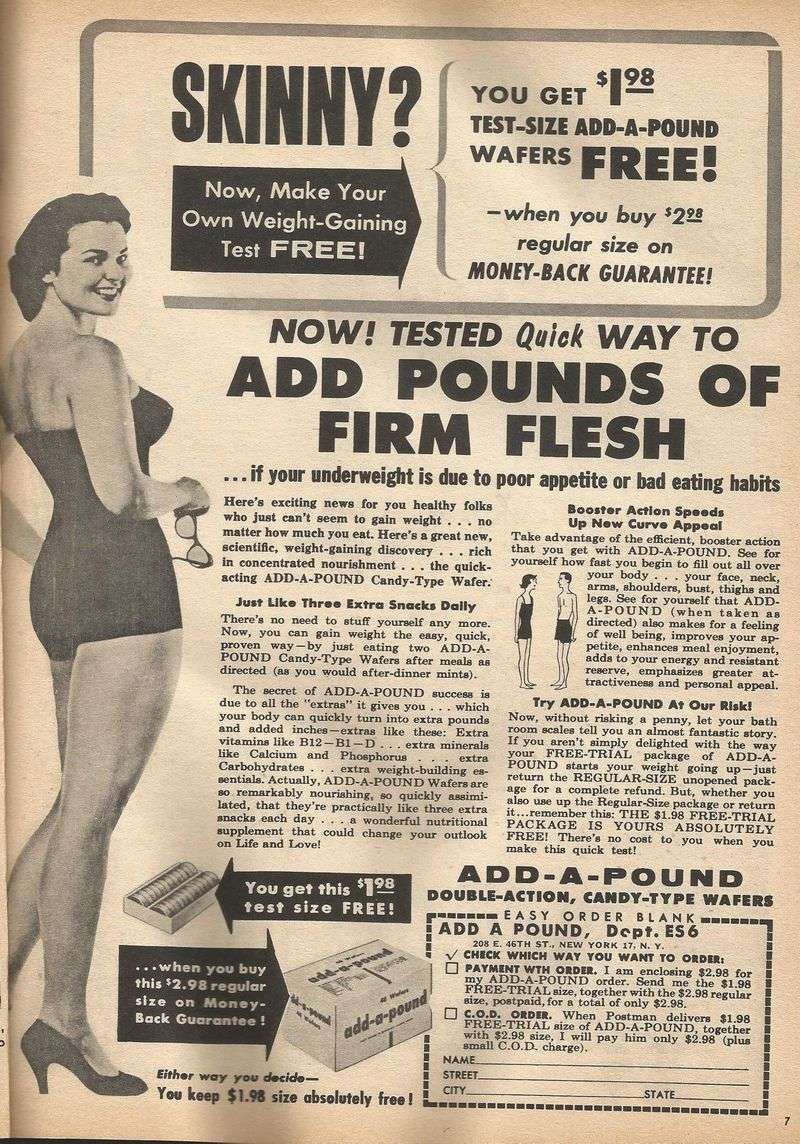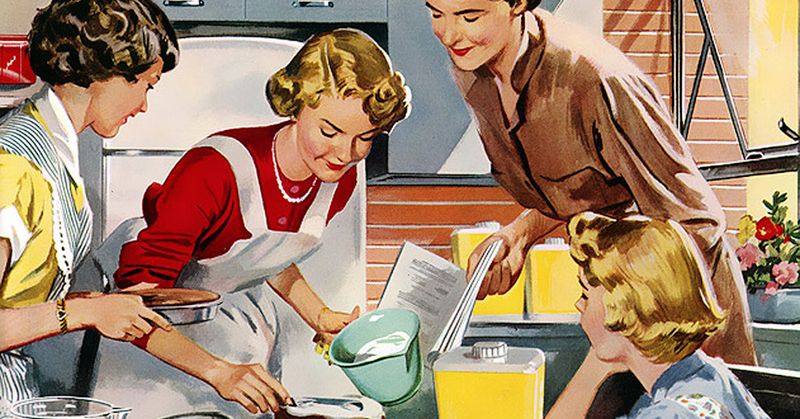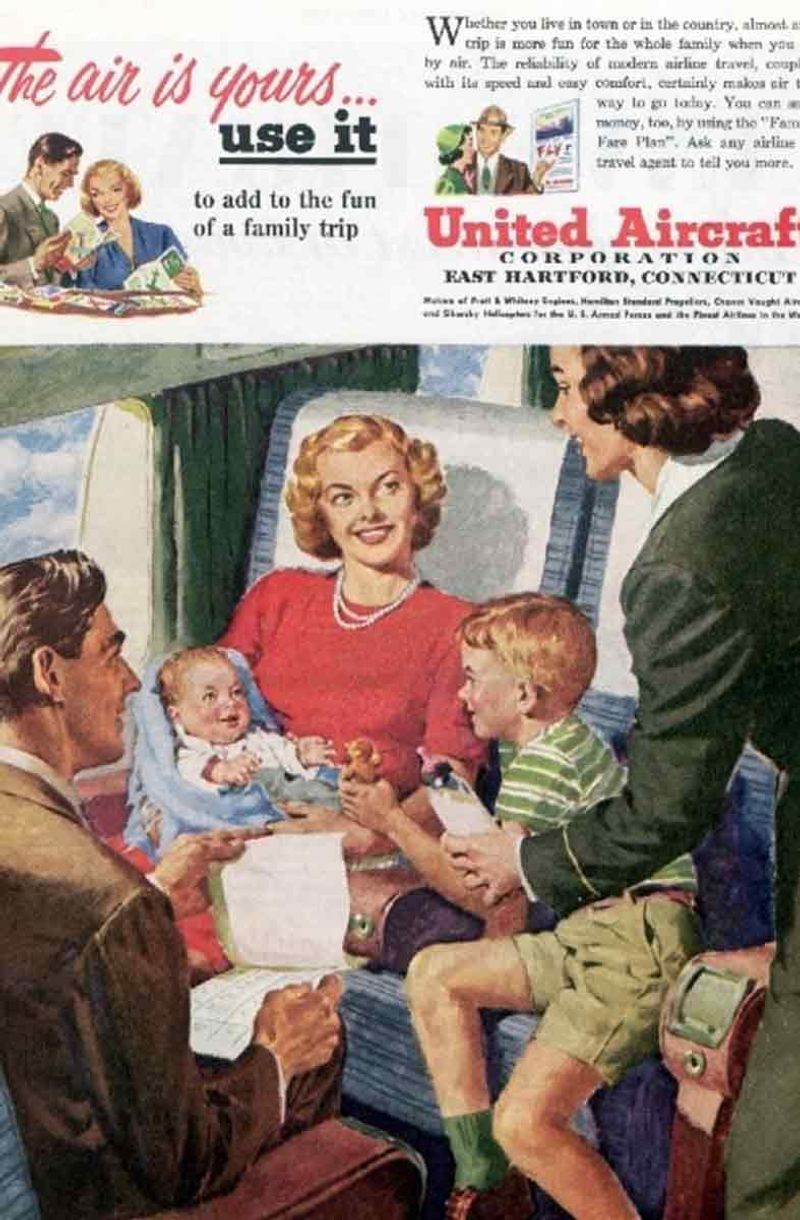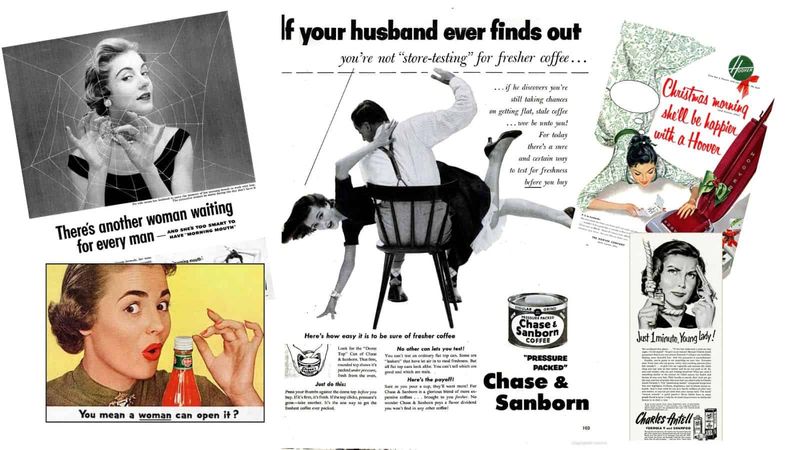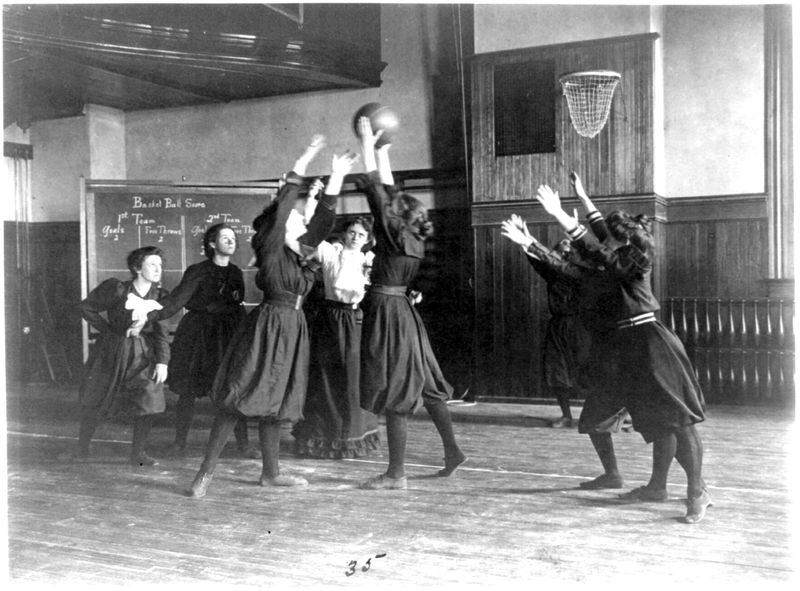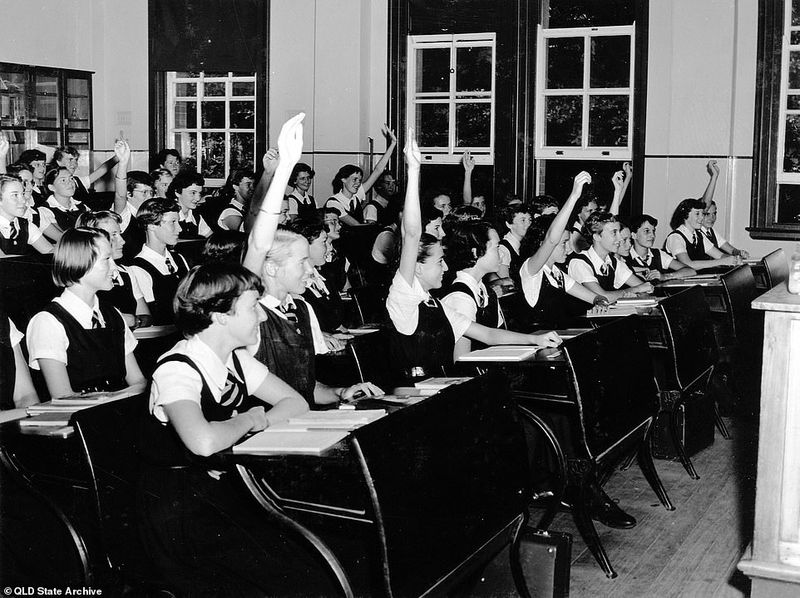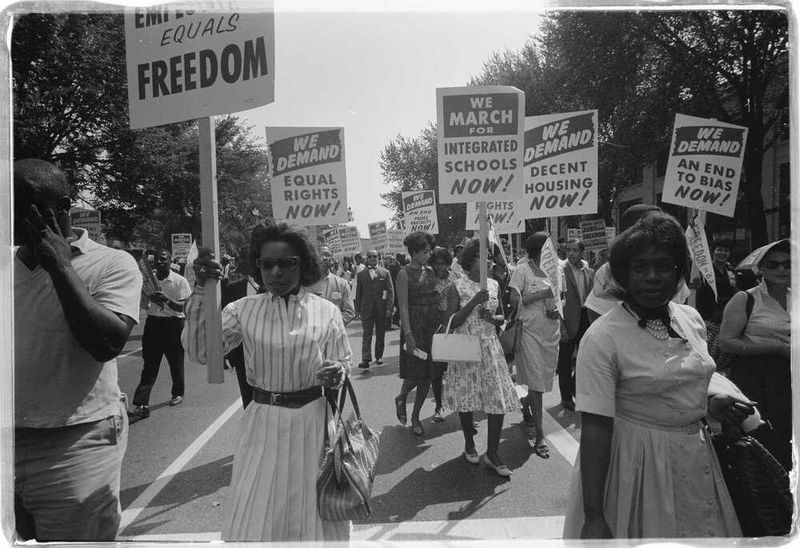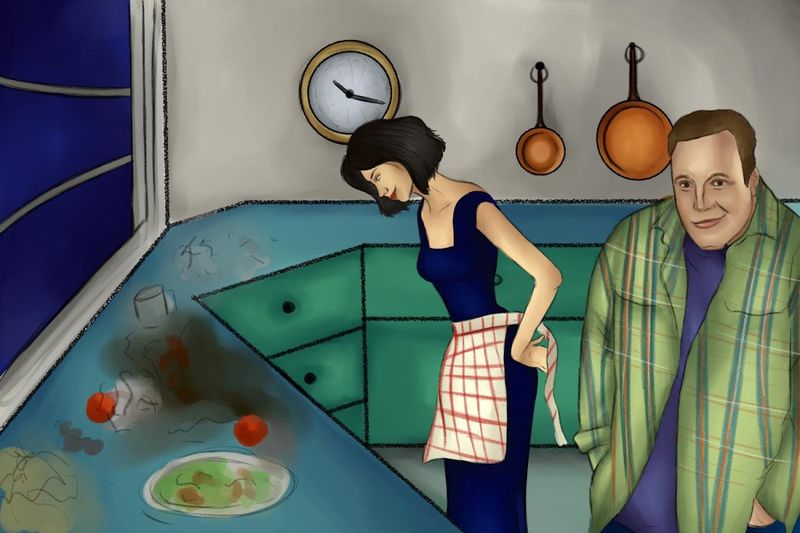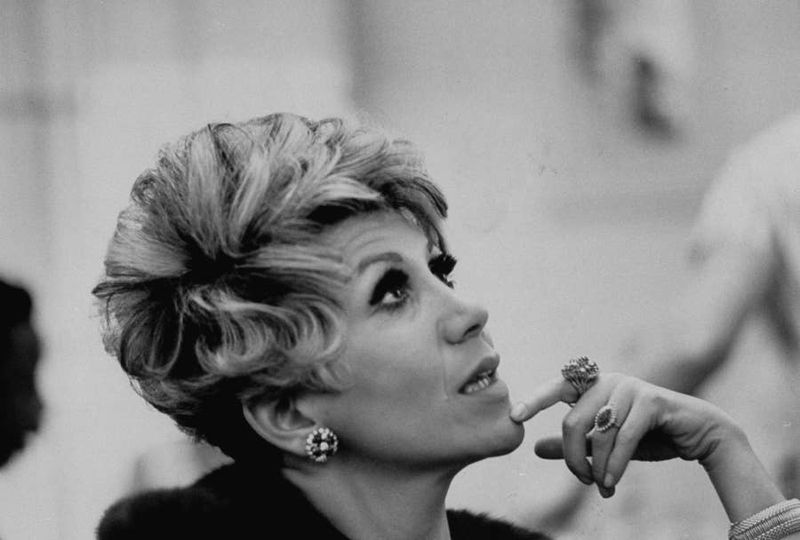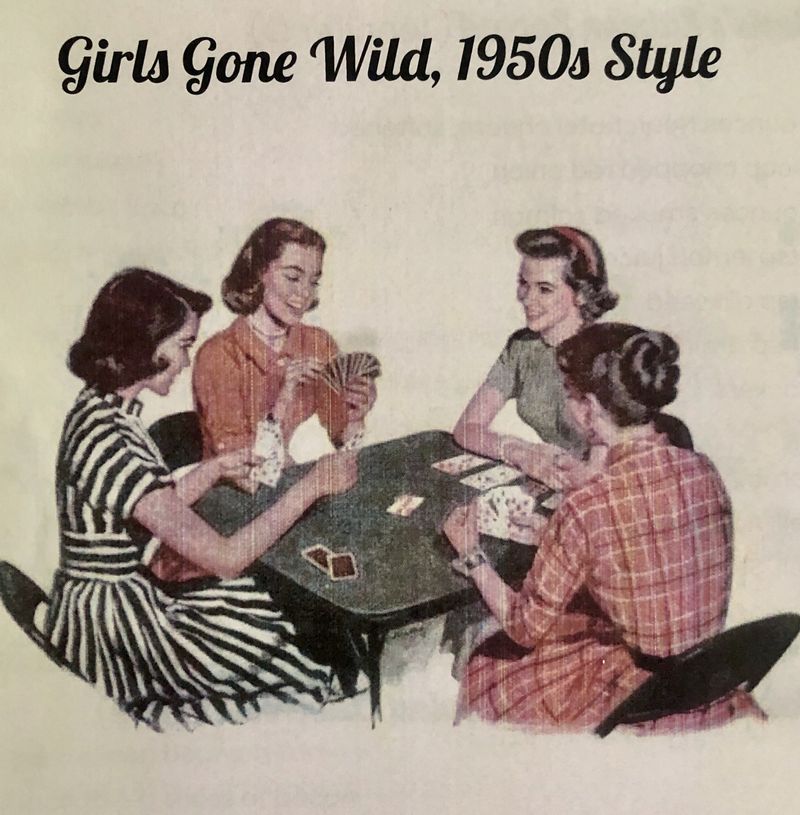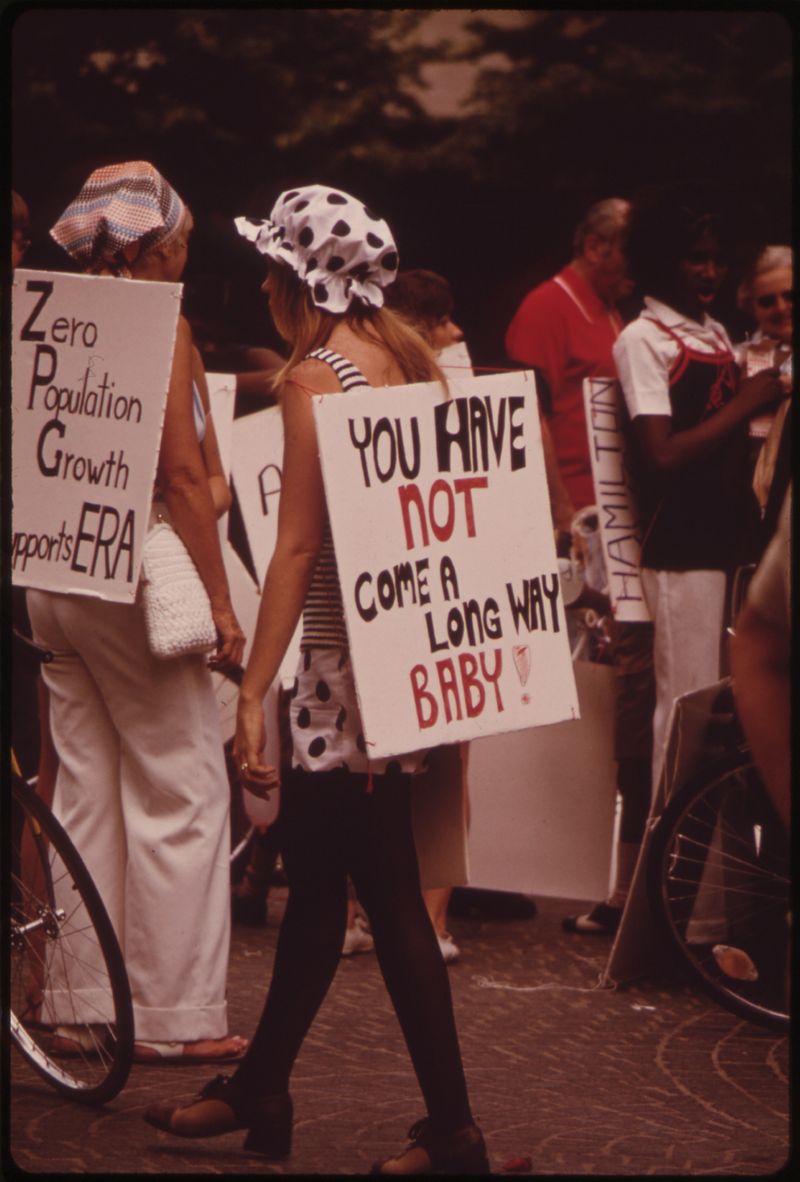The 1950s was a decade that imposed strict societal norms on women, often limiting their opportunities and freedoms. Many of these expectations would be considered unthinkable today, as society has evolved to embrace gender equality and individual choice. This article explores 17 distinct aspects of women’s lives in the 1950s, showcasing the remarkable cultural shifts that have occurred since then. Each section delves into a unique element of these outdated practices, providing a comprehensive look at an era where women faced challenges that are now largely behind us.
1. Housewife as a Career
In the 1950s, many women were expected to embrace the role of a housewife as their primary career. This was not merely a choice but a societal norm. Women were often discouraged from pursuing higher education or careers outside of the home. Instead, their days were filled with household chores, child-rearing, and maintaining a picture-perfect home. The prevailing belief was that a woman’s place was in the home, and her success was measured by her ability to keep it spotless. The pressure to conform to this ideal was immense, often leading to feelings of inadequacy.
2. Permission for Employment
During the 1950s, it was common for women to need permission from their husbands or fathers to work. This practice reinforced the notion that men were the primary decision-makers in a woman’s life. Employment was often seen as a necessity only if the family needed additional income. For many women, the desire to seek employment was met with resistance, as it challenged traditional gender roles. The idea that a woman could be independent and contribute to the workforce was not widely accepted, making it difficult for women to pursue their professional ambitions.
3. Dress Code Dictates
Fashion in the 1950s dictated that women adhere to a specific dress code, emphasizing femininity and elegance. The hourglass figure was celebrated, and clothing was designed to accentuate this ideal. Women wore dresses with cinched waists and full skirts, often complemented by pearls and gloves. There was little room for personal expression, as societal expectations were rigid. Deviating from these norms could lead to social ostracism. Clothing was not merely about style but a reflection of a woman’s role in society, reinforcing traditional gender roles.
4. Limited Education Opportunities
Educational opportunities for women in the 1950s were limited, with a focus on preparing them for domestic life rather than academic or professional careers. Many young women were steered towards courses in home economics, sewing, and etiquette. The notion of women pursuing higher education was met with skepticism, as their primary role was seen as being a wife and mother. Scholarships and support for women in fields like science or engineering were scarce, making it challenging for those who aspired to break free from traditional roles to pursue their dreams.
5. Marriage over Career
In the 1950s, the pursuit of marriage was often prioritized over career ambitions for women. Marriage was seen as the ultimate goal, and many women married young, often right out of high school or college. The societal pressure to secure a husband and start a family was immense. Career aspirations were frequently sidelined, as women’s identities were closely tied to their roles as wives and mothers. This focus on marriage over personal development restricted many women from exploring their full potential in the professional realm.
6. Conformity to Beauty Standards
Beauty standards in the 1950s were rigid and demanding, often dictating how women should look and present themselves. The ideal image was one of polished perfection, with flawless skin, perfectly coiffed hair, and a slender figure. Women invested significant time and effort into adhering to these standards, driven by societal and media influences. The pressure to conform was pervasive, affecting women’s self-esteem and identity. Deviating from these norms could result in social judgment, reinforcing the idea that a woman’s value was closely linked to her appearance.
7. Submissive Domestic Roles
The 1950s emphasized traditional domestic roles for women, expecting them to be submissive and supportive to their husbands. A woman’s primary responsibilities were within the home, including cooking, cleaning, and caring for children. This era reinforced the belief that men were the household’s breadwinners, while women maintained the domestic sphere. Such expectations limited women’s autonomy and personal growth. The concept of partnership and shared responsibilities was not widely embraced, leading to an unbalanced dynamic in many marriages.
8. Pressure to Have Children
In the 1950s, there was immense pressure on women to have children shortly after marriage. Motherhood was seen as a natural and expected progression, often overshadowing other personal or professional aspirations. Women who chose to delay or forgo having children faced societal scrutiny. The focus on motherhood reinforced the belief that a woman’s primary identity was tied to her ability to bear and raise children, leaving little room for alternative life paths. This expectation often constrained women’s choices and shaped their futures in limiting ways.
9. Limited Financial Independence
Financial independence for women in the 1950s was limited, as most economic decisions were made by men. Women often needed a male cosigner for loans or bank accounts. This dependency reinforced the notion that men were the primary providers and decision-makers. The inability to control their own finances restricted women’s freedom and choices. Many women were financially dependent on their husbands, making it challenging to leave unhappy marriages or pursue personal ventures. This lack of financial autonomy was a significant barrier to gender equality.
10. Exclusion from Sports
Sports opportunities for women in the 1950s were scarce, as athletics was largely considered a male domain. Women were often excluded from participating in competitive sports, and those who did were met with skepticism. The belief that women were too fragile or incapable of athletic achievement was pervasive. This exclusion hindered not only physical development but also personal growth and confidence. Progress in women’s sports was slow, as societal attitudes were entrenched, delaying the recognition of women as equals in the athletic arena.
11. Domestic Science Classes
Domestic science classes were a staple of 1950s education for young women, emphasizing skills like cooking, sewing, and home management. These classes reinforced the idea that a woman’s place was in the home. While boys were encouraged to pursue subjects like math and science, girls were often funneled into courses that prepared them for domestic roles. This educational disparity limited career opportunities and reinforced traditional gender roles. The focus on domestic skills over academic achievement curtailed many women’s potential, shaping future generations’ expectations.
12. Social Club Obligations
Women’s social clubs were popular in the 1950s, often serving as the primary social outlet for many women. These clubs focused on charity work, community service, and social gatherings, reinforcing traditional social norms. Membership often required adhering to specific dress codes and behaviors, limiting personal expression. While these clubs provided companionship and purpose, they also reinforced restrictive gender roles. Participation was expected, and women who did not join or conform could face social exclusion. These obligations often overshadowed personal interests and ambitions.
13. Subordination to Husband’s Will
In the 1950s, many women were expected to be subordinate to their husband’s will, reflecting the prevailing gender dynamics of the time. This expectation was deeply ingrained in societal norms and cultural narratives. A woman’s primary role was seen as supporting her husband’s career and decisions, often at the expense of her own needs and desires. This subordination was reinforced by legal and economic structures that favored men, making it difficult for women to assert independence or challenge the status quo.
14. Engagement in Gossip
Gossip was a common pastime for women in the 1950s, often serving as a form of social bonding. Women gathered in kitchens or living rooms, exchanging stories and news about neighbors and celebrities. While this activity fostered community and connection, it also reinforced stereotypes about women as idle and frivolous. The focus on gossip often overshadowed more meaningful conversations, limiting women’s perceived intellectual capabilities. Though seemingly innocent, gossip reflected the broader limitations placed on women’s roles and opportunities during this era.
15. Emphasis on Hosting Skills
Hosting skills were highly valued for women in the 1950s, as social gatherings were a significant aspect of middle-class life. Women were expected to excel in planning and executing dinners, parties, and social events. This emphasis on hospitality reinforced traditional gender roles, as women were often judged by their ability to create a welcoming and elegant home environment. While hosting provided opportunities for socializing, it also placed pressure on women to conform to idealized standards of domesticity, often overshadowing their personal aspirations and talents.
16. Acceptance of Gender Inequality
The 1950s was a decade marked by acceptance of gender inequality, with rigid roles that limited women’s opportunities and rights. Women were often expected to accept these inequalities as part of the natural order. Legal and societal structures reinforced the belief that men were superior, and women were encouraged to focus on home and family. This acceptance stifled progress towards gender equality and perpetuated stereotypes that took decades to dismantle. The struggle for equal rights was in its infancy, with many women unaware of the possibilities beyond prescribed roles.
